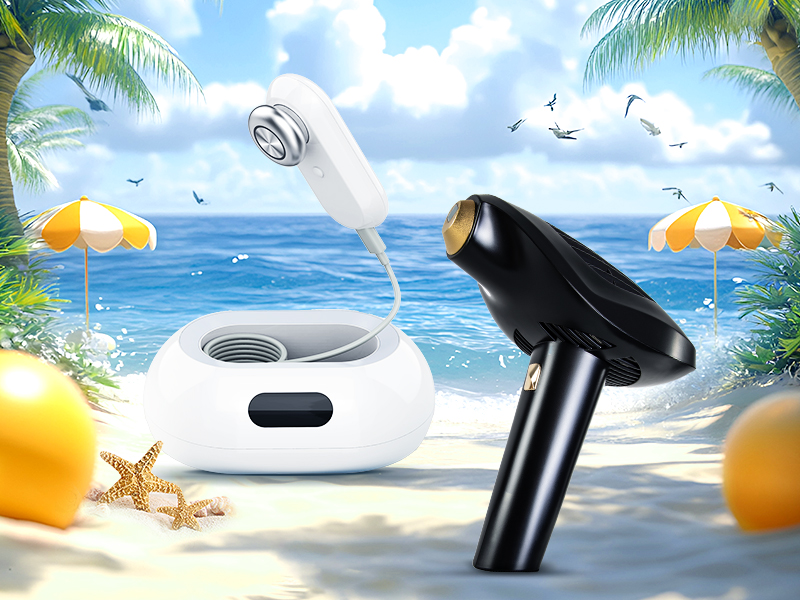Augmented reality (AR) is rapidly reshaping how we interact with our environment, merging the physical and digital realms in innovative and meaningful ways. This technology enhances our perception of reality by overlaying digital information—such as images, sounds, or text—onto the real world, creating an immersive experience that enhances our understanding and engagement. As AR continues to evolve, its applications span a diverse range of fields, from education and entertainment to healthcare and retail.
Understanding Augmented Reality
Augmented reality differs from virtual reality (VR) in that it does not create a fully immersive environment but rather adds to our existing surroundings. AR technology can be experienced through various devices, including smartphones, tablets, smart glasses, and heads-up displays (HUDs).
The fundamental components of AR include:
- Hardware: Devices equipped with cameras, sensors, and processors that can capture the environment and render digital content.
- Software: Applications that interpret data from the hardware and generate the AR experience. This includes computer vision, simultaneous localization and mapping (SLAM), and depth tracking technologies.
- User Interface: The means through which users interact with the AR content, whether through touch, voice commands, or gestures.
Key Applications of Augmented Reality
AR technology is being adopted across various sectors, each utilizing its capabilities to enhance user experience and improve functionality. Here are some prominent applications:
- Education
In education, AR is revolutionizing the way students learn by making complex subjects more accessible and engaging. For instance, AR applications can bring anatomy lessons to life, allowing students to explore the human body in a three-dimensional space. History classes can be enhanced by overlaying historical events onto current locations, helping students visualize the past in real-time.
- Interactive Learning: Students can interact with 3D models and simulations, fostering a more hands-on approach to learning that can improve retention and understanding.
- Healthcare
Augmented reality is increasingly utilized in the medical field, aiding both education and patient care. Surgeons can use AR to overlay critical information, such as patient scans, onto their field of view during operations, enhancing precision and efficiency.
- Training and Simulation: Medical professionals can practice complex procedures using AR simulations, improving their skills without the risks associated with real-life surgeries.
- Retail and E-commerce
AR is transforming the shopping experience by allowing customers to visualize products in their own environment before making a purchase. Retailers like IKEA and Sephora have developed AR applications that enable users to see how furniture fits in their homes or how makeup products look on their skin.
- Enhanced Decision-Making: By providing a more interactive shopping experience, AR can reduce returns and increase customer satisfaction.
- Gaming and Entertainment
The gaming industry has been one of the earliest adopters of AR, with popular games like Pokémon GO bringing players into a blended world where digital creatures inhabit their real surroundings. This trend has encouraged the development of new game mechanics and social interactions.
- Immersive Experiences: AR games often encourage physical activity and exploration, engaging players in unique ways that traditional gaming cannot.
- Tourism and Navigation
AR applications are also making waves in tourism, offering enhanced experiences for travelers. Apps can provide historical information about landmarks, suggest nearby attractions, or even translate signs and menus in real-time.
- Interactive Guides: With AR, tourists can receive contextual information about their surroundings, enriching their experience and helping them navigate unfamiliar places.
- Real Estate
In real estate, AR is streamlining property viewings by allowing potential buyers to visualize changes to properties. Real estate apps can overlay design options, renovations, or furniture layouts, helping clients imagine the possibilities within a space.
- Remote Viewing: Buyers can conduct virtual walkthroughs of properties, saving time and resources for both agents and clients.
Advantages of Augmented Reality
The integration of augmented reality into various sectors brings several advantages:
- Enhanced Engagement: AR offers interactive experiences that capture users’ attention and encourage active participation, leading to better learning and retention.
- Improved Visualization: By overlaying digital content onto the physical world, AR helps users better understand complex information and visualize concepts that may otherwise be abstract or challenging.
- Cost-Effectiveness: In many applications, AR can reduce costs associated with traditional methods, such as the need for physical prototypes or extensive training programs.
- Increased Accessibility: AR technology can provide information and experiences that may be difficult to access otherwise, breaking down barriers to knowledge and understanding.
Challenges and Limitations
Despite its potential, augmented reality also faces several challenges that could hinder its widespread adoption:
- Technological Limitations: Current AR technology can be limited by hardware constraints, such as processing power, battery life, and field of view. As technology improves, these limitations are likely to diminish.
- User Experience: Ensuring a seamless and intuitive user experience is crucial for AR applications. Poorly designed interfaces or laggy performance can lead to frustration and disengagement.
- Privacy Concerns: The use of AR applications often requires access to personal data, such as location and camera feeds. This raises concerns about user privacy and data security.
- Content Creation: Developing high-quality AR content can be resource-intensive, requiring skilled designers and developers. As the market grows, addressing the demand for engaging content will be essential.
The Future of Augmented Reality
The future of augmented reality appears bright, with ongoing advancements poised to expand its applications and improve user experiences. Here are some emerging trends to watch:
- Integration with Artificial Intelligence (AI): The combination of AR and AI could lead to smarter, more adaptive applications. AI could help AR systems recognize objects in real-time, making interactions more intuitive and relevant.
- 5G Technology: The rollout of 5G networks will enhance AR experiences by providing faster data speeds and lower latency. This will enable more complex and dynamic AR applications, particularly in areas like gaming and remote collaboration.
- Wearable AR Devices: The development of lightweight and comfortable AR glasses could bring augmented reality into daily life more seamlessly. Companies like Apple and Microsoft are investing in wearable AR technologies that could change how we interact with the world.
- Social Integration: As social media platforms begin to incorporate AR features, users will have new ways to share and interact with digital content. This could lead to a surge in user-generated AR experiences.
- Corporate Training and Collaboration: Businesses are increasingly recognizing the potential of AR for training and collaboration. By using AR tools, employees can engage in remote teamwork and skill development in a more interactive manner.













